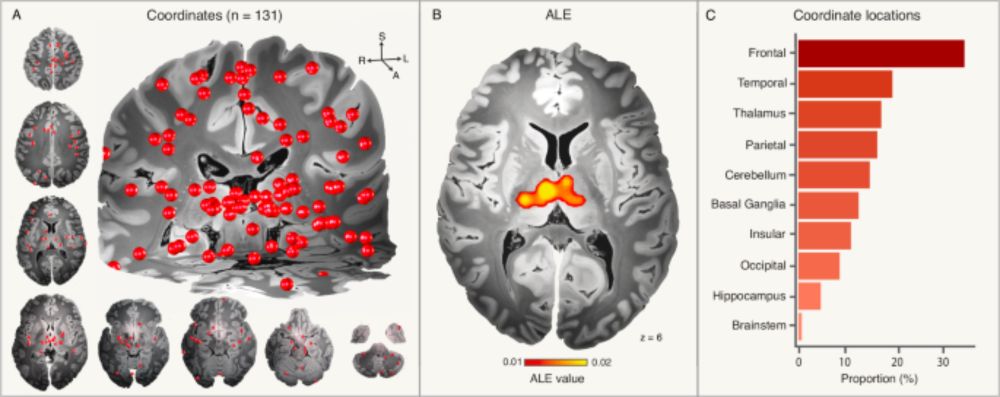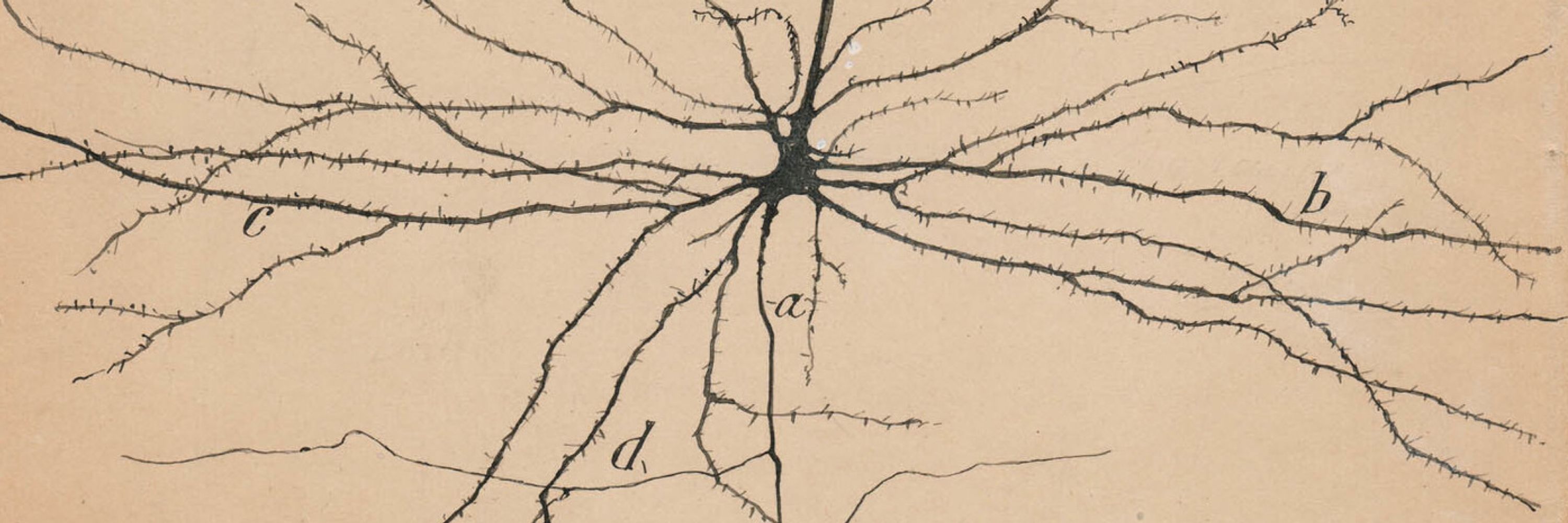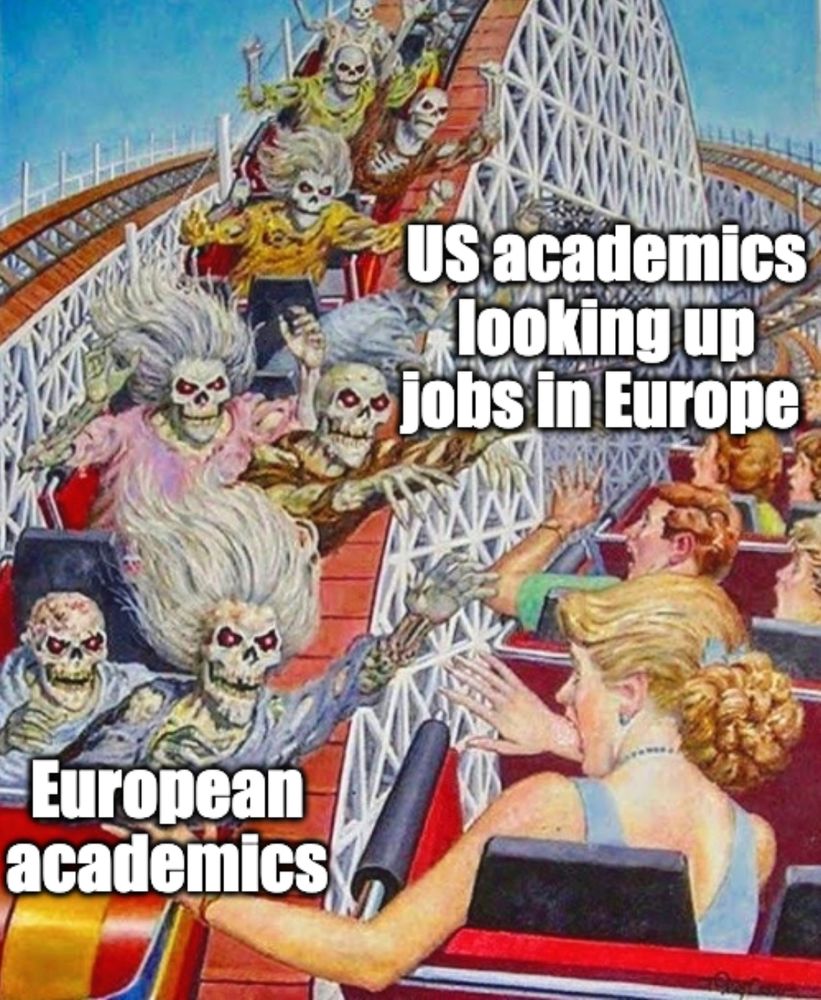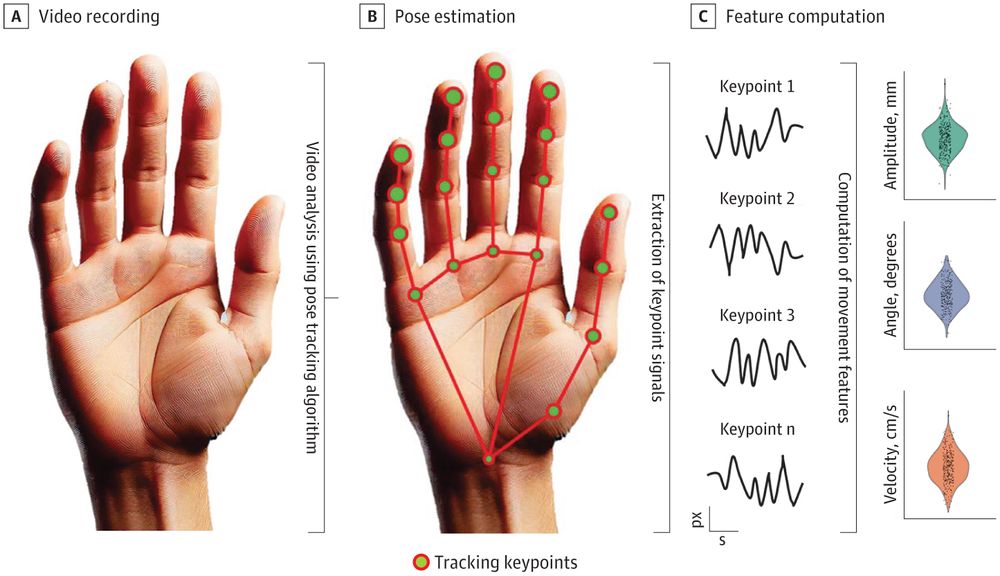Maximilian Friedrich, vertigologist
@vertigologist.bsky.social
780 followers
270 following
41 posts
Neurologist and Neuroscientist studying movement, balance and perception through the lens of computer vision, connectomic neuroimaging, neuromodulation. @University Hospital Ulm by way of @braincircuits.bsky.social
Posts
Media
Videos
Starter Packs
Pinned
Reposted by Maximilian Friedrich, vertigologist
Reposted by Maximilian Friedrich, vertigologist
Frederic Schaper
@fredschaper.bsky.social
· Mar 24

A generalized epilepsy network derived from brain abnormalities and deep brain stimulation - Nature Communications
Ji et al. identify an idiopathic generalised epilepsy network that links heterogeneously distributed brain abnormalities to a common brain network and deep brain stimulation sites which reduce general...
nature.com
Reposted by Maximilian Friedrich, vertigologist
Reposted by Maximilian Friedrich, vertigologist
Reposted by Maximilian Friedrich, vertigologist
Andreas Horn
@andreashorn.org
· Feb 12
Reposted by Maximilian Friedrich, vertigologist
Reposted by Maximilian Friedrich, vertigologist
Reposted by Maximilian Friedrich, vertigologist
Reposted by Maximilian Friedrich, vertigologist
Reposted by Maximilian Friedrich, vertigologist
Emily Moin
@emilymoin.com
· Dec 11
Reposted by Maximilian Friedrich, vertigologist















